How to Care Aquilegia |
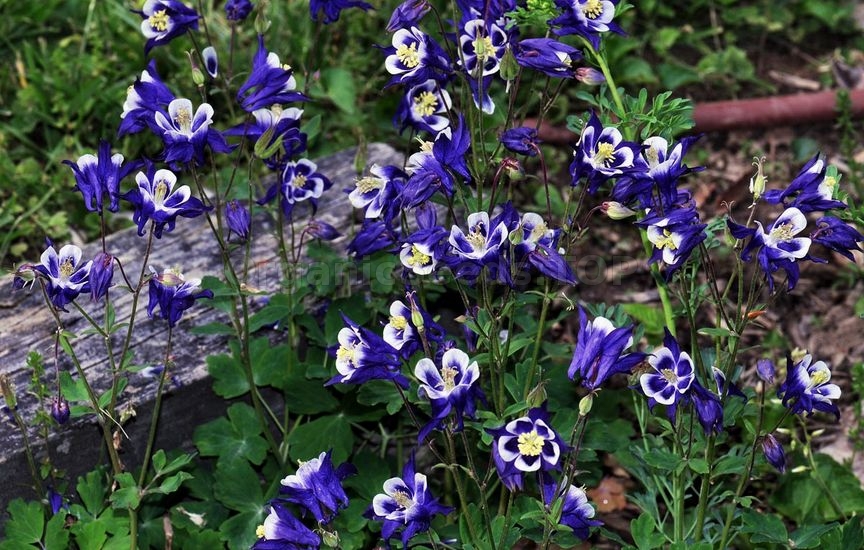 The Columbine is one of the oldest blossom plants still existing today. The plant, with its distinguished elegance and its futuristic blossoms, has received many names throughout the human history: Elf shoe, god’s hat or even fool’s cap; to name only a few. This instruction will tell you how you can cultivate the low-maintenance Columbine. 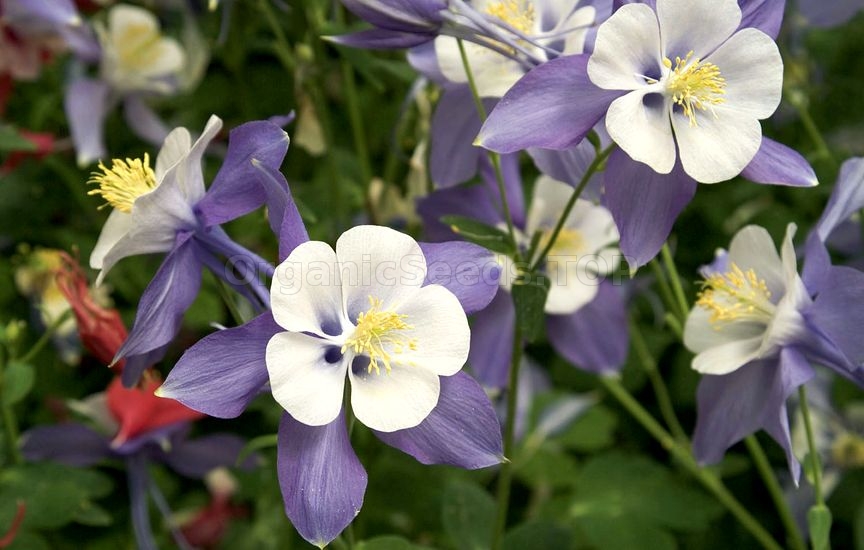 Plant Profile
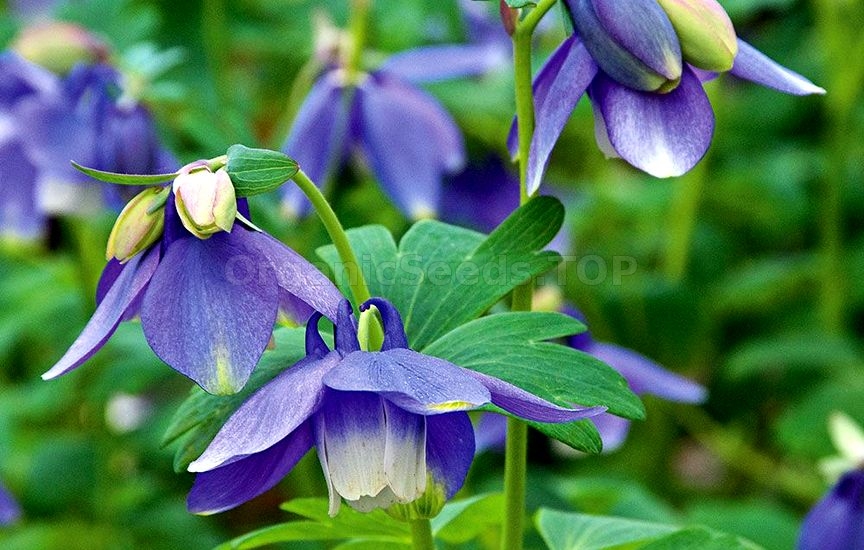 Columbines belong to the winter hardy shrub plants which blossom in a multitude of colors in early summer. Even though the Columbine is a perennial plant, it ordinarily does not live that long. The elf-like shrub rarely reaches an age of more than four to five years. The Columbine does like, however, to cover a location with plants through self-seeding. The thickened root survives the winter inside the earth. Plant parts located on the ground are dying. In spring, little, ball-like leaf-buds are shooting out of the ground and roll out to be trilobite leaves and grow a thick habitus. 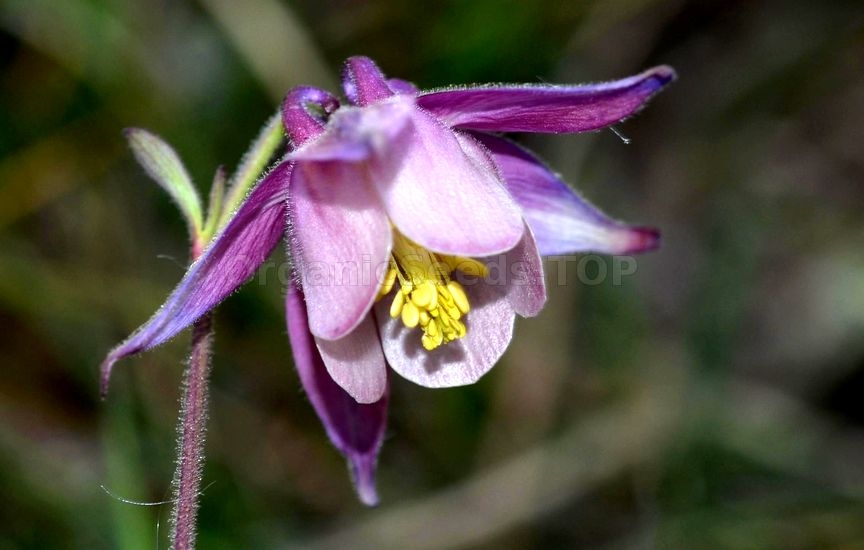 The plant species Aquilegia, stemming from the family of the ranunculus, has its home in all moderate climate zones or the northern hemisphere. Some varieties come from northern Africa. Today, the Columbine can be found in many gardens and parking areas, unfortunately not anymore in nature. It is extinct in many regions of Germany. That is why the unusual shrub is on the list of endangered plants and can thus not be picked or dug out. Care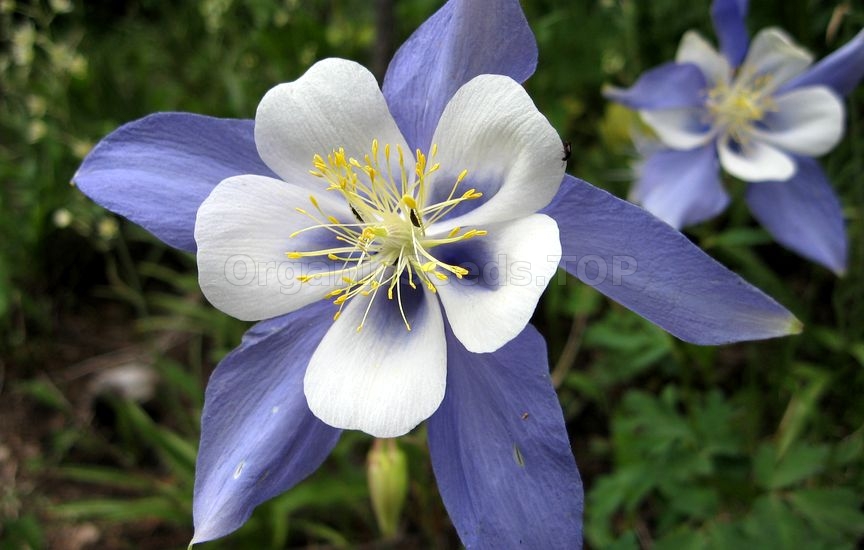 The ravishing shrub hides a near never ending repertoire of blossom plants presenting themselves in the most diverse colors and forms. As the varieties have slightly divergent location preferences, it is easy to find the suitable plant for the own garden.
Location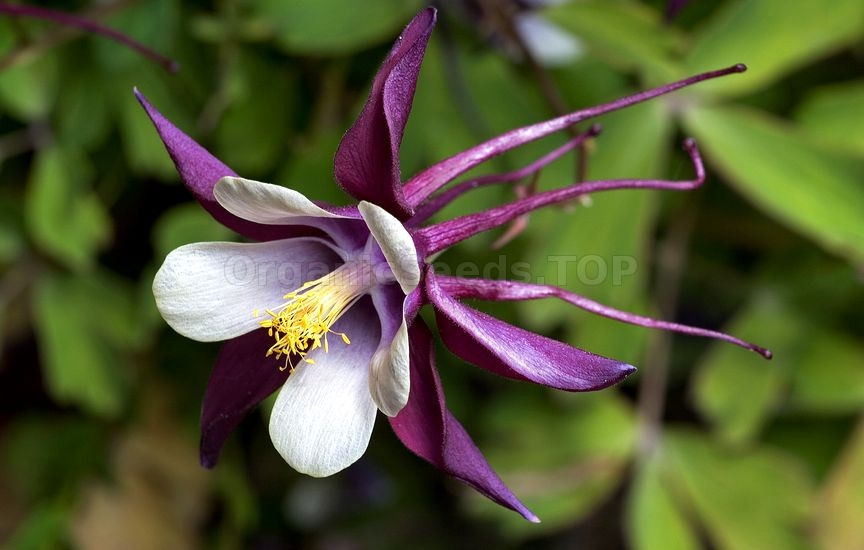 The colorful shrub is predestined for the planting in romantically styled gardens. Together with the campanula, rose or even pinks, it creates wonderfully aesthetic combinations. Through all of this, aquilegias prefer sunny spots while standing in a migrating shadow or a wall. The Aquilegia vulgaris, Aquilegia flabellata and the Aquilegia caerulea count as especially resistant. These universal varieties tolerate very sunny and dry spots in the garden with no problems and are indicative of their frost resistance.
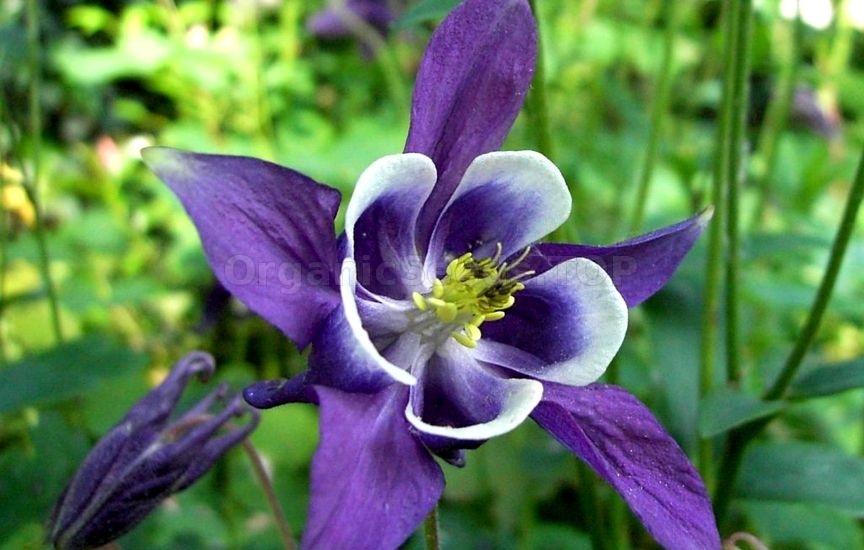
The Columbine has a hard time competing against root competition. This is why one should not plant any plants with a strong growth and distinct root growth adjacent to the plant. Ideal neighbors are ground cover plants like phlox or cushion pinks, but also funkias and the watery heart are a perfect for a combination with the Aquilegia. Soil conditions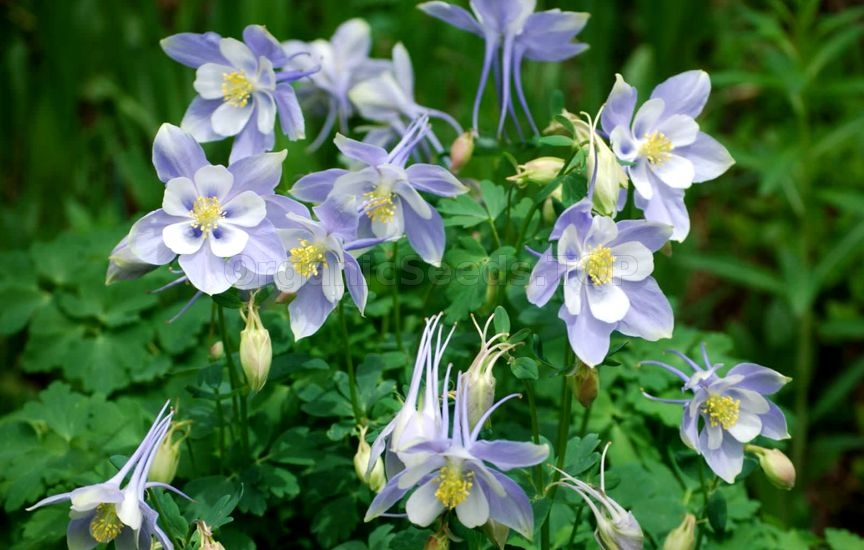 The delicate Aquilegia is significantly more demanding regarding soil conditions. Except some exceptions, the shrubs prefer a loosened substrate which can nevertheless adequately save moisture.
Prevent all location where the Aquilegia is threatened by soil wetness. None of the Aquilegia varieties like moist feet. There are however many varieties which can also handle dry and sunny conditions in a stone garden. Planting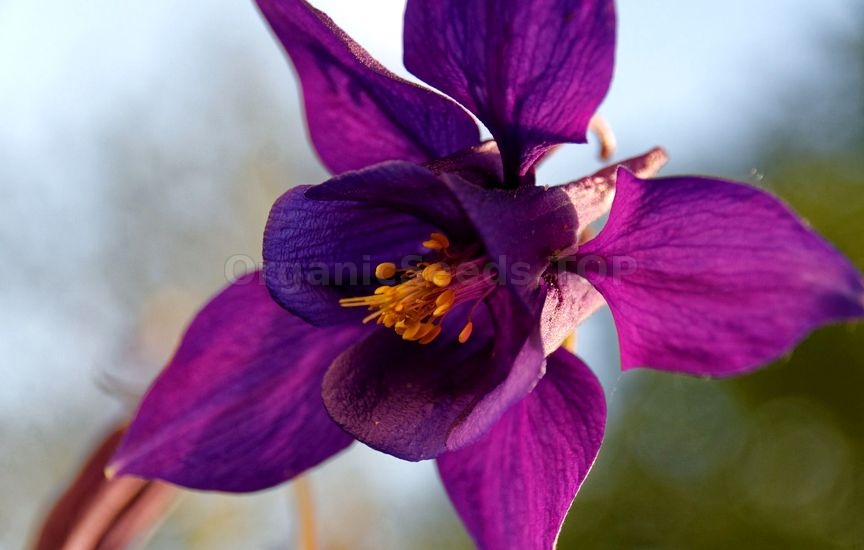 Pot plants are, in spring, often solely available in garden centers or specialist shops. These can, directly after the purchase, be planted at the prepared location in the garden if there is no late frost to be expected. This is the case starting the middle of May. The seeds of the Aquilegias are much more often available; also tubers.
Planting in the bed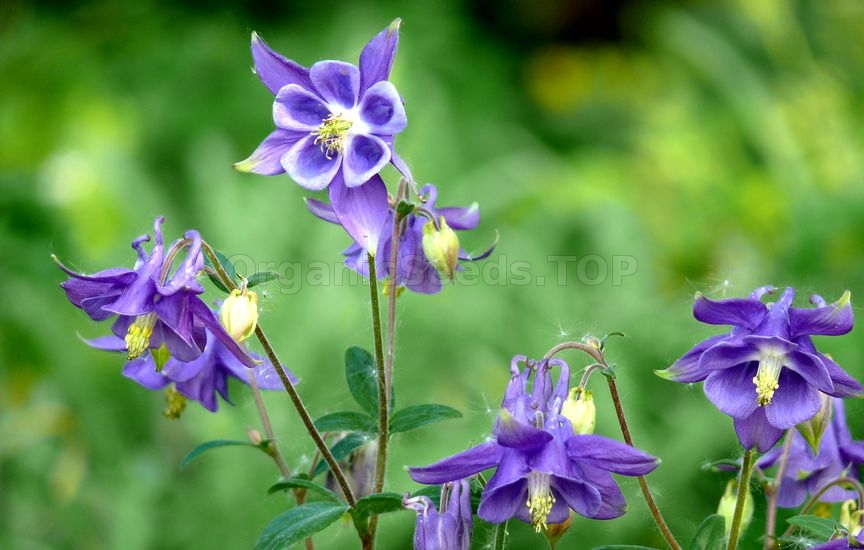 As the Aquilegia belongs to the perennial shrubs, it is worth it to ideally prepare the ground before planting in order to create the ideal starting conditions. In order to achieve this, meticulously rake the planting spot in order to loosen the ground and remove all roots, big stones and weeds. In order to make the ground water-permeable and to increase the amount of nutrients, add a few hands full of coarse sand to the compost. Shrubs like the Aquilegia look especially attractive, if they are planted in groups of 5 to 10 of the same kind.
Insert the Aquilegia on the same level as before and fill the hole with earth rich in humus. This should only be pressed on slightly as the roots are very fine and vulnerable. In order for the Aquilegia to properly grow in, it subsequently should be watered with a well-dosed amount of water. Cultivation from seeds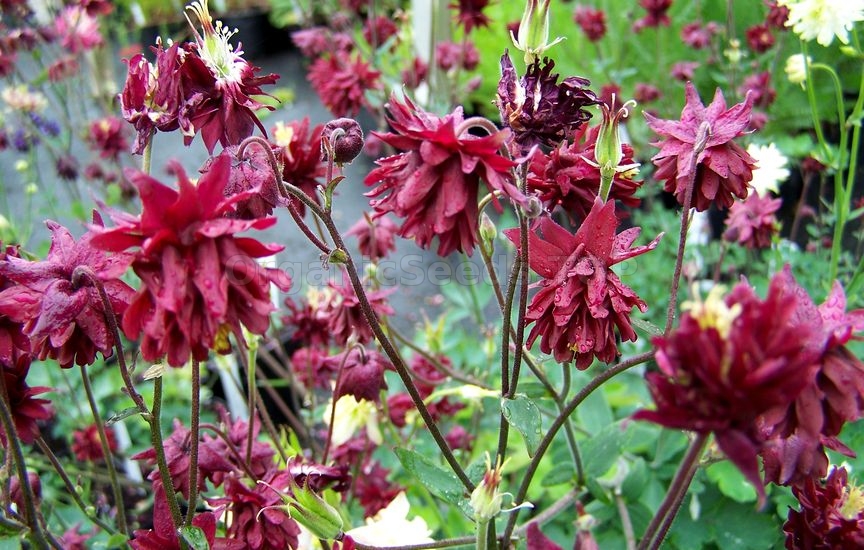 As soon as the ground is frost free in spring and can be processed, a seeding directly into the earth is possible. Whoever wants to give their plants an advantage can pre-cultivate them on the windowsill from February or from March in a cold frame. Homegrown elf flowers have the disadvantage, that the gardener often will not see full blossoms. Only cut flowers are seeded into the bed on a large scale. In all other cases it makes sense to seed out the seeds of the Aquilegia in rows in order for them to be pulled out easier and subsequently planted.
The seeds should be kept constantly moist during the germination. As soon as the first real leaves after the germ leaves show, the young plants can be relocated to their final destination. With this variety, one should keep a distance of approximately 20 to 40 centimeters, which is about half the growth height of the Aquilegia. Stratify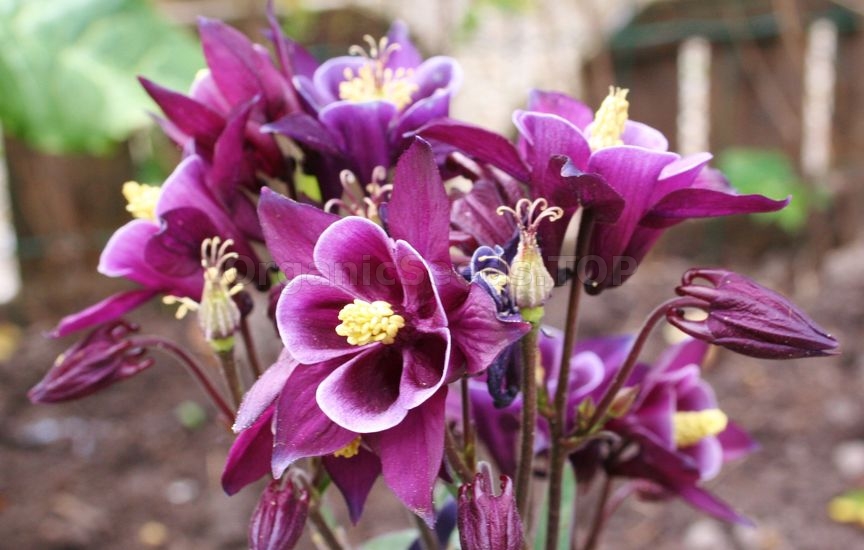 Some, not many, varieties of the Aquilegia, like the Aquilegia chrysantha, require a cold period right before germination. In order to reduce germination inhibition, the seed should be stored in a moist environment below 5 degrees. The seeds can either be placed four weeks early into open land (on a frost free day) or be stored in a bad with wet sand in the refrigerator.
Watering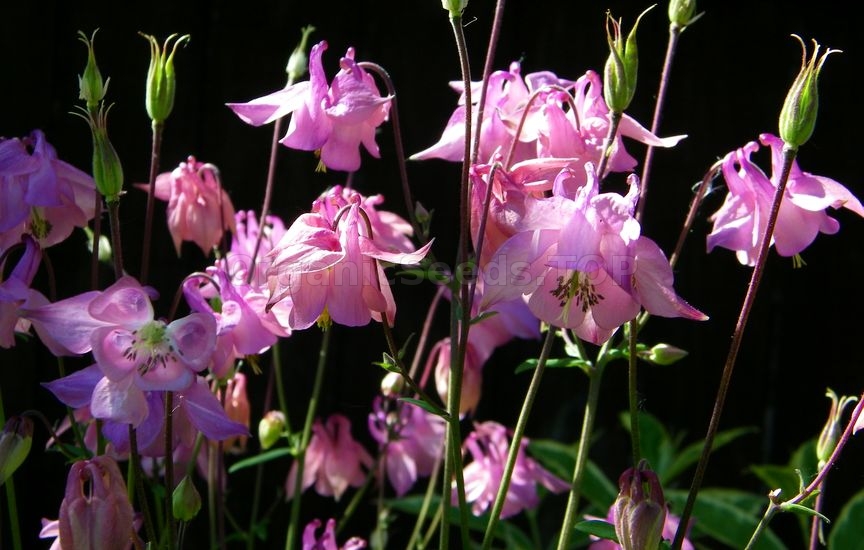 The various Aquilegia varieties are growing the best on slightly moist substrate. Grown in specimens survive even dry periods well, even though the duration of the flowering could be better. Stone garden Aquilegias, like the dwarf Aquilegia (Aquilegia flabellata), are generally more tolerant regarding dry condition. Belonging to the dry resistant Aquilegias are most of the wild varieties, as they live in nature in heights of 500 and up to 4000 meters and have thus adapted to barren soil and dryness. None of the plants tolerates water logging.
Cutting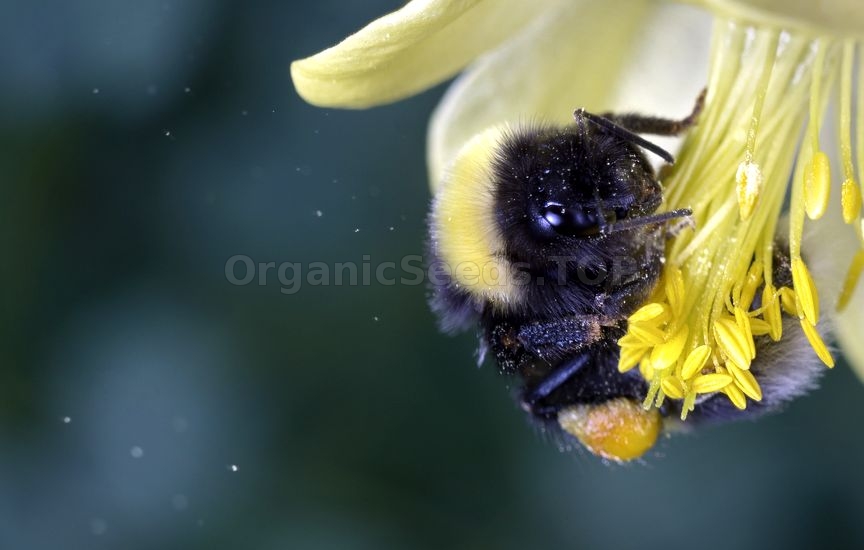 Cut out withered blossoms if you want to prevent a self-seeding from occurring. This is recommended in the case of multi colored delicate varieties, as the vital offspring grow back to the one colored natural form. If a shrub is being cut nearly to the ground, the effect in most cases will be a second, if significantly shorter blossoming. It is recommended to wear gloves as the shrub is classified as poisonous. Moreover, skin contact should be avoided. 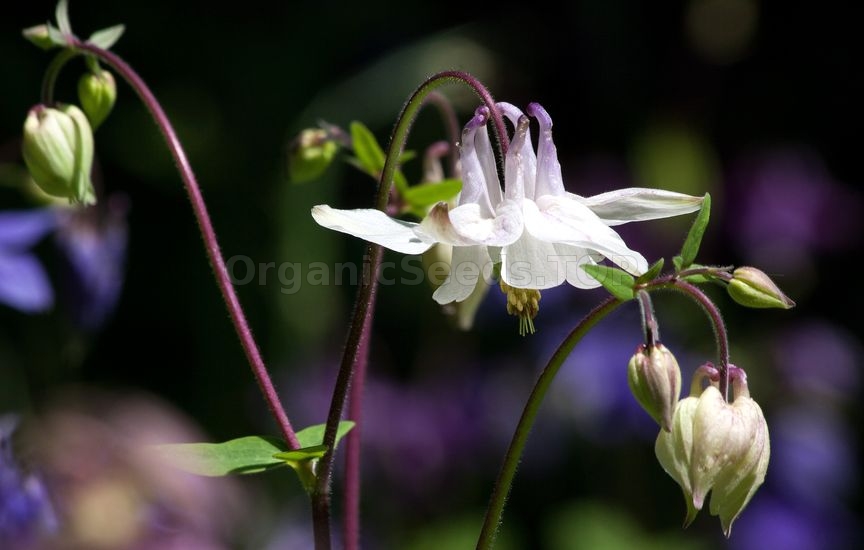 You may need:«Columbine» - Organic Aquilegia Seeds«Mix» - Organic Aquilegia Seeds |
|
|
